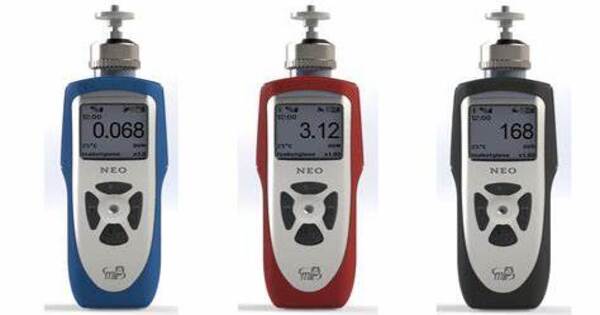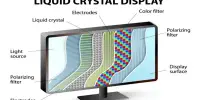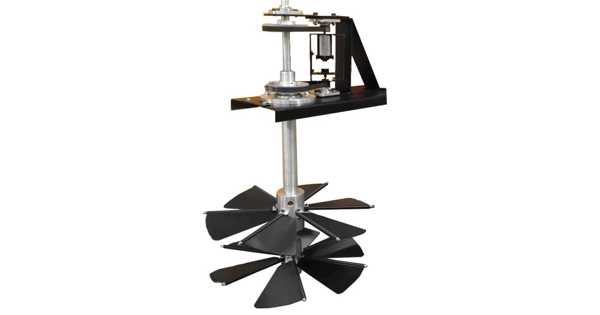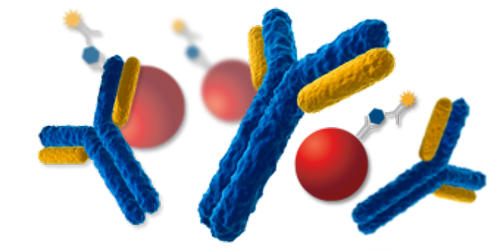A photoionization detector (PID) is a type of gas detector. It is a type of gas detector that is widely used in industrial hygiene, environmental monitoring, and hazardous material detection. It is very effective at detecting volatile organic compounds (VOCs) and other gases in extremely low quantities.
Typical photoionization detectors detect volatile organic chemicals and other gases in concentrations ranging from sub-parts per billion to 10,000 parts per million (ppm). Many gas and vapor analytes can be detected efficiently and inexpensively using a photoionization detector. PIDs provide instantaneous measurements, run constantly, and are widely employed as gas chromatography detectors or handheld portable devices.
Hand-held, battery-powered variants are commonly utilized in military, industrial, and tight working environments for health and safety reasons. Their principal application is to monitor potential worker exposure to volatile organic compounds (VOCs) such as solvents, fuels, degreasers, polymers and their precursors, heat transfer fluids, lubricants, and so on during industrial operations and waste handling.
Principle
In a photoionization detector, high-energy photons in the vacuum ultraviolet (VUV) range split molecules into positively charged ions. As compounds reach the detector, they are assaulted by high-energy UV photons and ionized when they absorb the UV light, causing electrons to be ejected and positively charged ions to form. The ions generate an electric current, which serves as the detector’s output signal.
The higher the concentration of the component, the more ions are created, and hence the current. The current is amplified and shown on an ammeter or digital concentration display. Ions can undergo a variety of reactions, including those with oxygen or water vapor, rearrangement, and fragmentation. Some of them may recapture an electron within the detector to rebuild their original molecules; however, only a small proportion of airborne analytes are ionized to begin with, thus the practical consequence of this (if it occurs) is usually minimal. Thus, PIDs are non-destructive and can be utilized ahead of other sensors in multiple-detector arrangements.
The PID will only respond to components with ionization energies equal to or less than the energy of the photons emitted by the PID lamp. As stand-alone detectors, PIDs are broad-band and non-selective, as they can ionize everything with an ionization energy less than or equal to the lamp photon energy. The photon energy upper limits for the most common commercial lamps are roughly 8.4 eV, 10.0 eV, 10.6 eV, and 11.7 eV. The major and minor components of clean air all have ionization energy greater than 12.0 eV, therefore they do not appreciably interfere with the measurement of VOCs, which normally have ionization energies less than 12.0 eV.
Here’s how it works:
- Ionization Process: The ultraviolet (UV) light serves as the PID’s heart. This lamp produces high-energy UV radiation, typically ranging from 10.6 to 11.7 electron volts (eV). When UV radiation interacts with gas molecules in the air, it ionizes them, which means it knocks electrons off the molecules, resulting in positively charged ions and free electrons.
- Electron Collection: A negatively charged electrode attracts positively charged ions, whereas a positively charged electrode attracts free electrons. The passage of ions and electrons generates an electric current proportionate to the concentration of the gas being measured.
- Detection and Measurement: The electric current generated by the ionization process is measured by the detector circuitry. The strength of the current is directly related to the concentration of the gas in the air. PID detectors are sensitive enough to detect concentrations in parts per million (ppm) or even parts per billion (ppb) levels, depending on the model and configuration.
- Display and Alarming: The detector typically includes a display screen that shows the gas concentration in real-time. It may also have audible and visual alarms to alert the user when gas concentrations exceed predefined thresholds.
Portable PIDs are used for monitoring:
- Industrial hygiene and safety
- Environmental contamination and Remediation
- Hazardous materials handling
- Ammonia detection
- Lower explosive limit measurements
- Arson investigation
- Indoor air quality
- Cleanroom facility maintenance
















